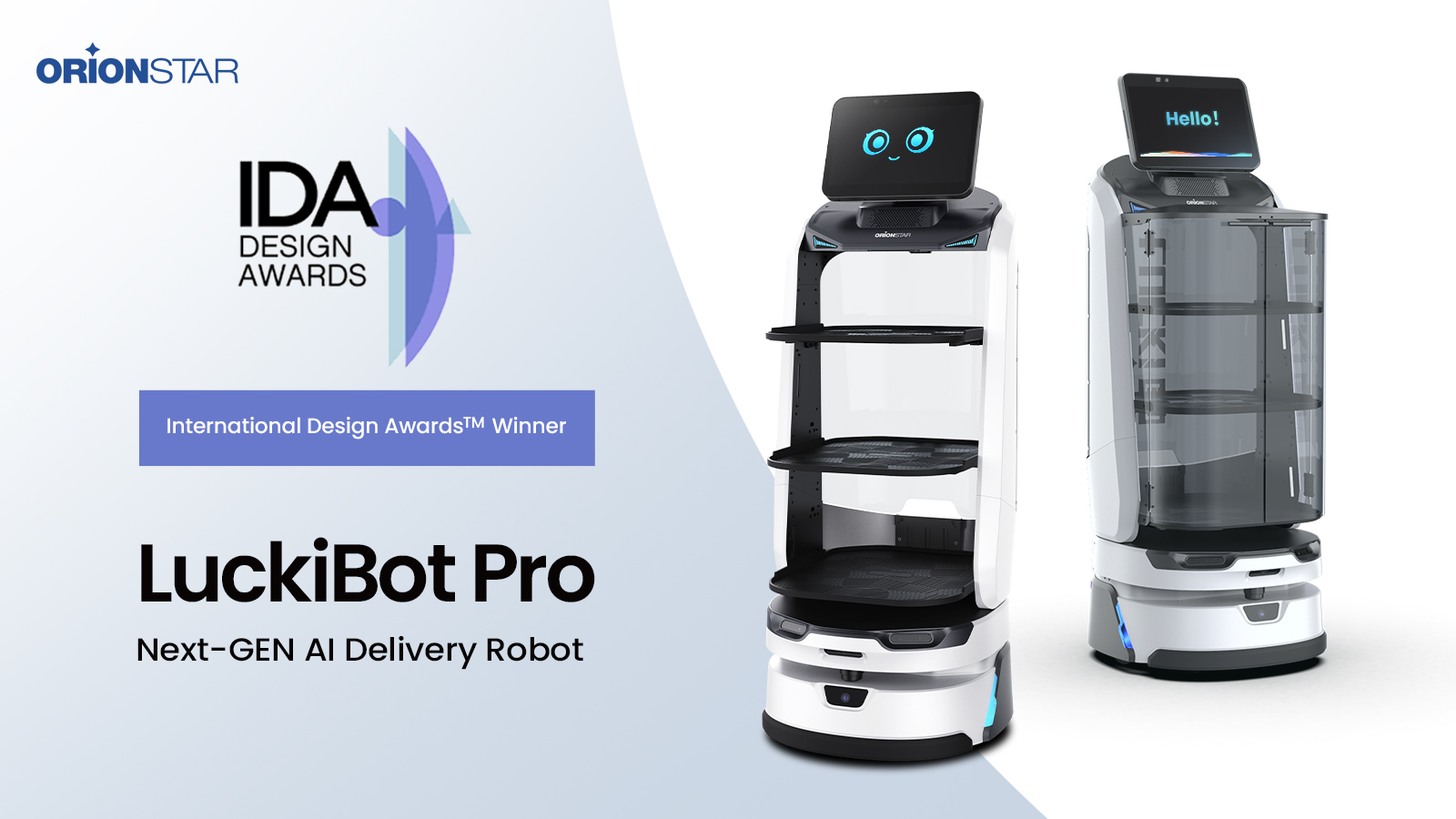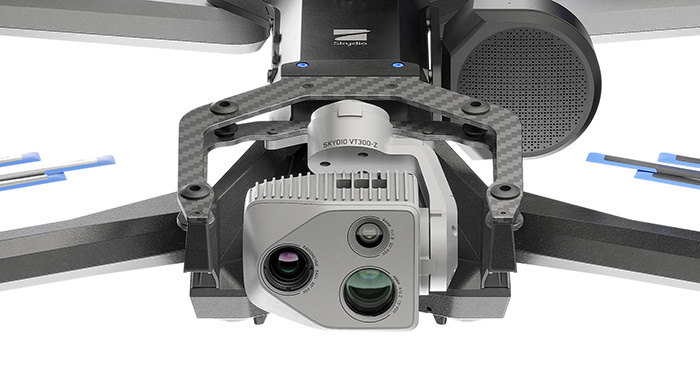Slithering into view as a standout in the flourishing soft robot arena is a new high-speed transporter modeled after the humble inchworm. Developed by engineers at Nagoya University and Tokyo Institute of Technology, the creature-like machine can swiftly ferry items and adeptly navigate obstacles. Early testing suggests its unique mechanical design enables faster speeds and heavier loads than prior iterations.
The researchers expertly tapped principles of biomimicry, efficiency and simplicity to hatch their enhanced inchworm. Rather than traditional rigid materials, its bendable body leverages air-powered “McKibben muscles†to sequentially contract and extend in an inchworm’s signature looping gait.
Algorithms coordinate the precise inflation sequences, while compliance from soft construction allows carrying payloads over uneven terrain without disruption. The team systematically optimized parameters from air pressure to execution timing, achieving remarkable gains in practice runs.
Their creation reportedly zooms over surfaces at 9mm per second while hauling over 100 grams – handily outpacing the typical sub-40 gram, sub-5mm/sec capacity of past models. Such throughput could enable productive real-world logistics applications ranging from delicate electronics transport to medical sample conveyance.
Looking ahead, the developers believe deep learning integration could unlock further speed, dexterity and autonomy. By gathering environmental data and assessing payload dynamics, onboard AI systems could dynamically adapt propulsion strategies to maintain progress in unpredictable settings. While direct teleoperation suffices currently, natural language interfaces may also boost ease of use down the road.
Lofty prospects aside, the fleet-footed soft robot already establishes a new high bar for the budding technology class. Mating versatile embodied intelligence with compliant components, the team managed to squeeze considerably more potential from a deceptively simple biological muse. Their nimble prototype inches biomimetic robotics ever closer to matching nature’s savvy designs stride for stride.


















